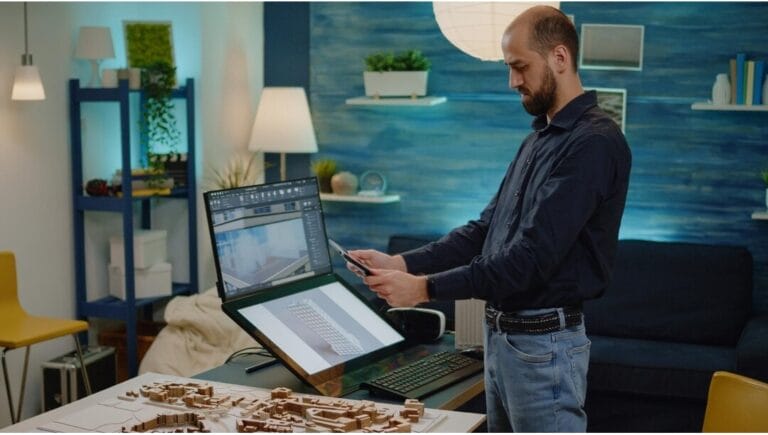In the dynamic world of business, the design of office spaces plays a crucial role in fostering creativity, collaboration, and productivity. A well-thought-out office furniture plan not only enhances the aesthetic appeal of a workspace but also contributes to the overall well-being and efficiency of employees. In this guide, we’ll delve into the details of designing office furniture to create a workspace that reflects your brand identity, promotes employee satisfaction, and maximizes productivity.
Knoxville Office Furniture stands as a beacon of quality and functionality in the heart of Tennessee. With a commitment to providing top-notch solutions for a diverse range of workspaces, they offer a comprehensive selection of office furniture that caters to the unique needs of businesses in the Knoxville area. From sleek and modern designs to timeless classics, their collection is curated to blend seamlessly with various office aesthetics. Knoxville Office Furniture understands the importance of creating environments that inspire productivity and collaboration.
1. Understand Your Space and Needs
Before diving into the world of office furniture, it’s essential to have a clear understanding of your available space and the specific needs of your team. Consider the layout, natural light sources, and any architectural constraints. Identify the types of workstations required, whether it’s collaborative open spaces, private offices, or a combination of both.
2. Ergonomics Matter
Ergonomics is a key consideration when selecting office furniture. Comfortable and supportive chairs, adjustable desks, and ergonomic accessories contribute to the well-being of employees by minimizing the risk of musculoskeletal issues. Investing in ergonomic furniture not only enhances employee health but also boosts overall productivity.
3. Brand Identity Through Design
Your office furniture should align with your brand identity. Consider color schemes, materials, and design elements that reflect the ethos of your company. Whether you opt for a modern, minimalist look or a more traditional aesthetic, the design should resonate with your brand and create a cohesive and inviting atmosphere.
4. Flexibility and Adaptability
The modern workplace is evolving, with an increasing emphasis on flexibility and adaptability. Choose furniture that can be easily reconfigured to accommodate changing needs. Modular and versatile furniture options allow for a dynamic and responsive workspace that can be adapted to different tasks and work styles.
5. Technology Integration
In today’s tech-driven world, integrating technology seamlessly into the office environment is crucial. Consider cable management solutions, built-in power outlets, and ergonomic setups for computers and other devices. Well-designed furniture should support and enhance the use of technology without compromising on aesthetics.
6. Collaborative Spaces
Create designated areas for collaboration and teamwork. From comfortable lounge spaces to collaborative workstations, providing areas that encourage communication and idea-sharing fosters a positive and productive work culture. Consider acoustic solutions to minimize noise and distractions in these collaborative spaces.
7. Sustainability and Green Design
As environmental consciousness grows, incorporating sustainable and eco-friendly materials in office furniture design is becoming increasingly important. Look for furniture made from recycled or responsibly sourced materials, and choose products with a focus on longevity and durability to reduce the need for frequent replacements.
8. Budget Considerations
While quality is crucial, it’s also important to consider your budget. Prioritize key areas where investing in quality furniture will have the most significant impact on productivity and employee satisfaction. Balancing cost-effectiveness with quality ensures a practical and sustainable investment in your office furniture.
In conclusion, designing office furniture is a thoughtful process that involves understanding your space, considering the well-being of employees, and aligning with your brand identity. By incorporating elements of ergonomics, flexibility, and sustainability, you can create a workspace that not only looks impressive but also enhances productivity and contributes to a positive work culture. Take the time to explore the diverse world of office furniture, and craft a workspace that speaks volumes about your company’s commitment to innovation and employee well-being.




